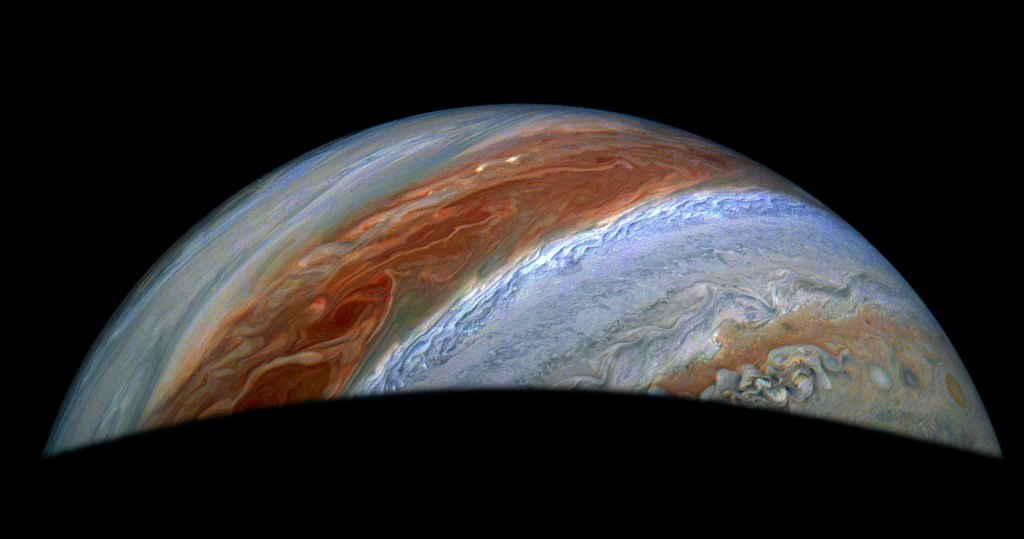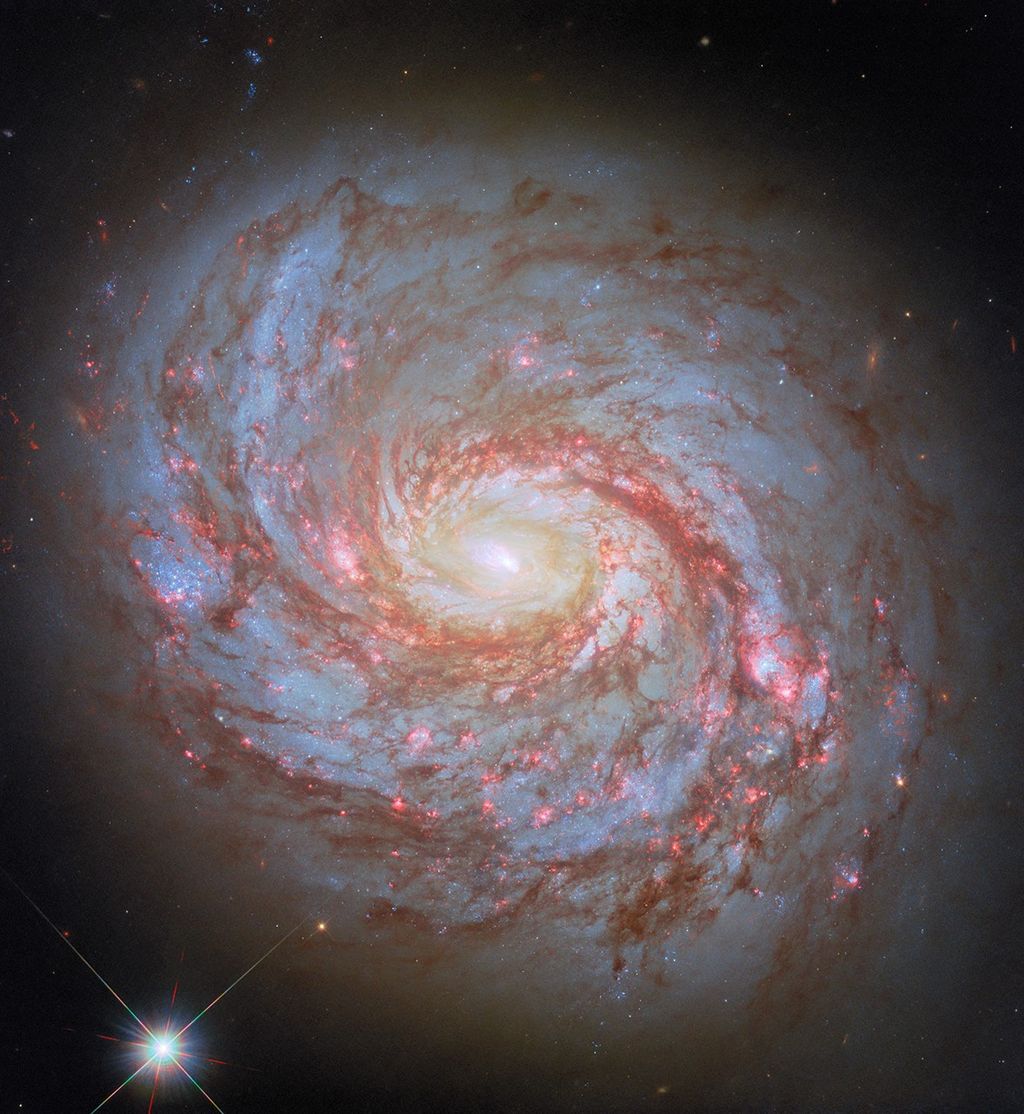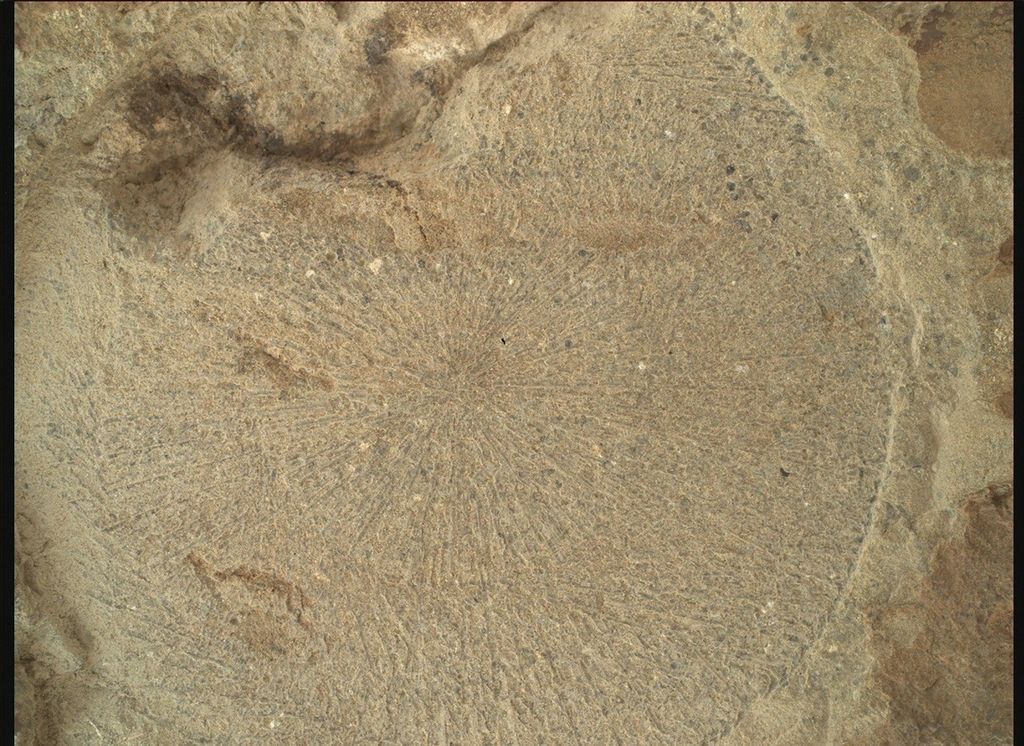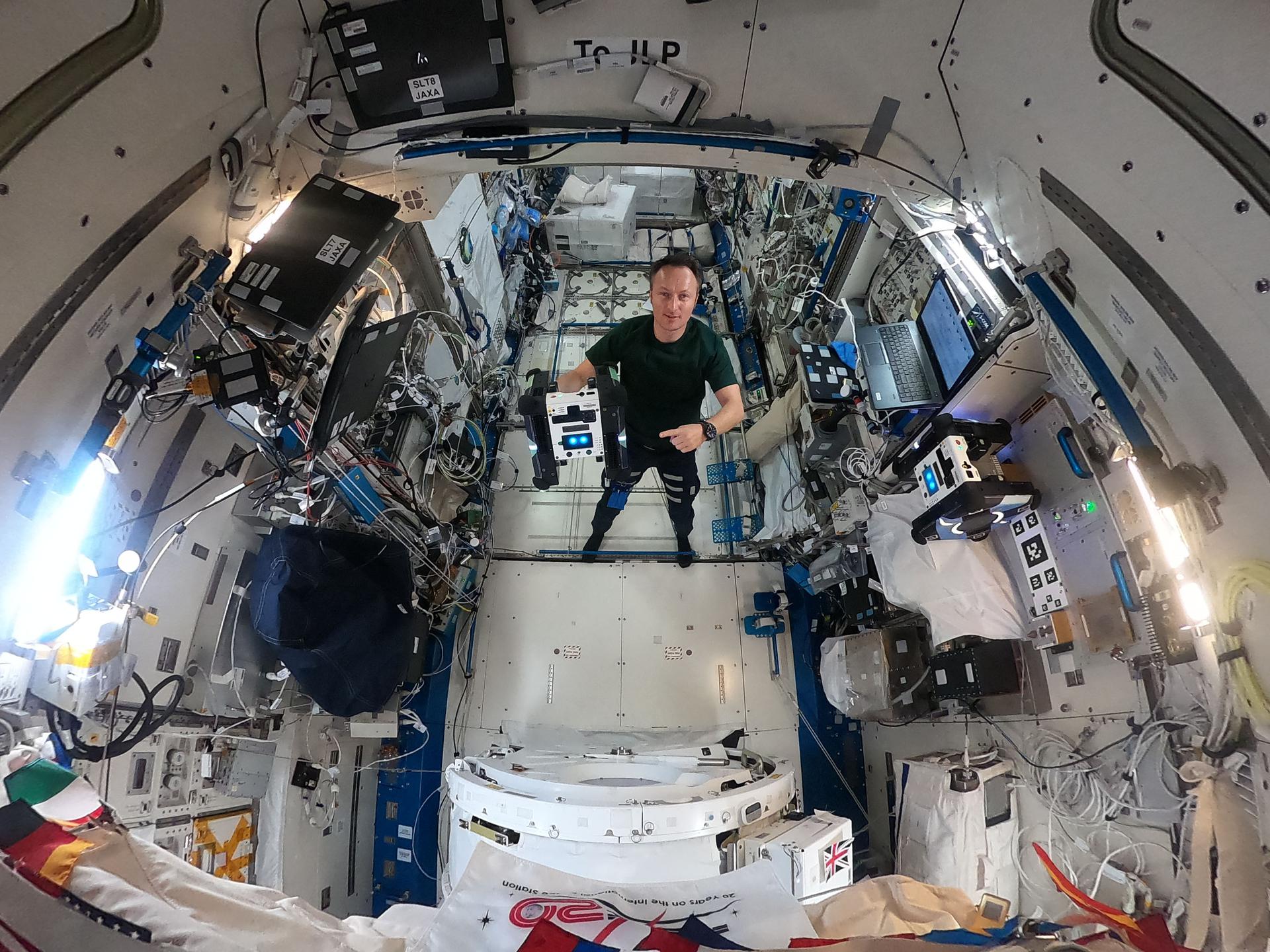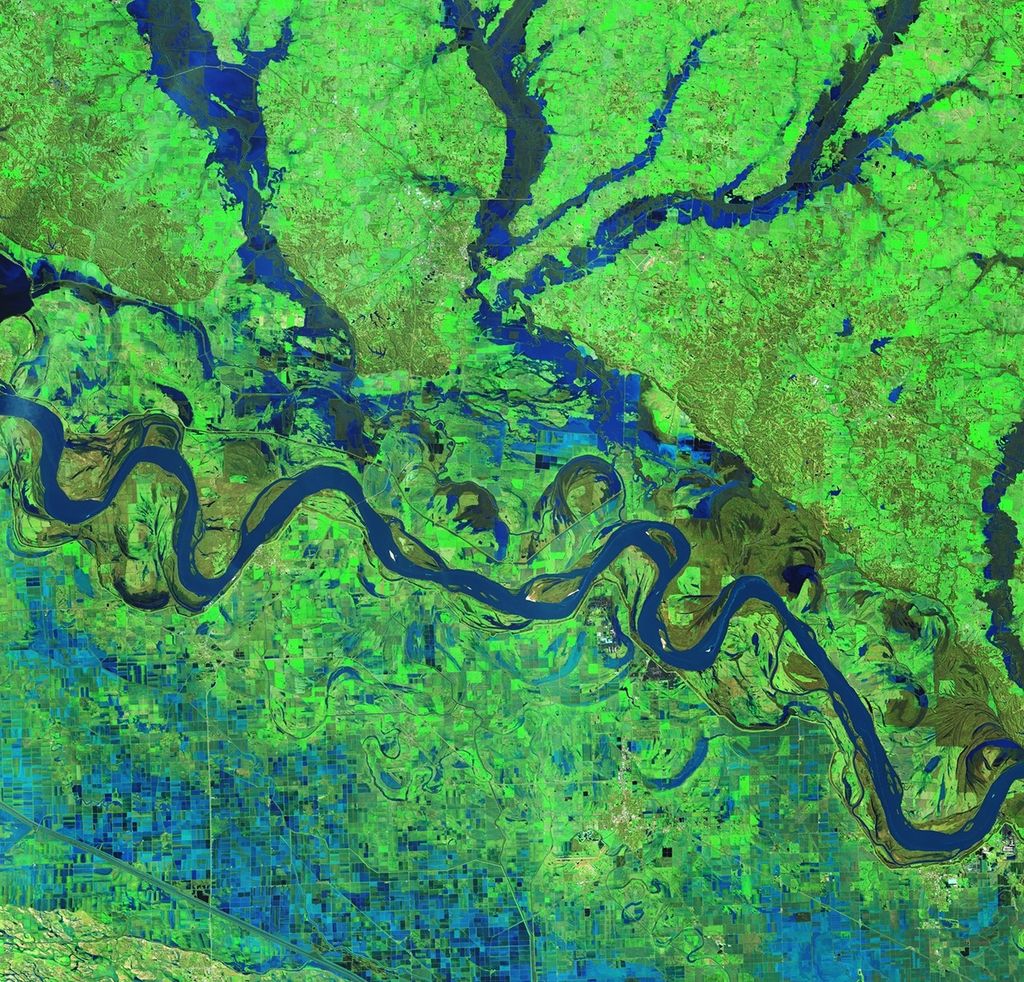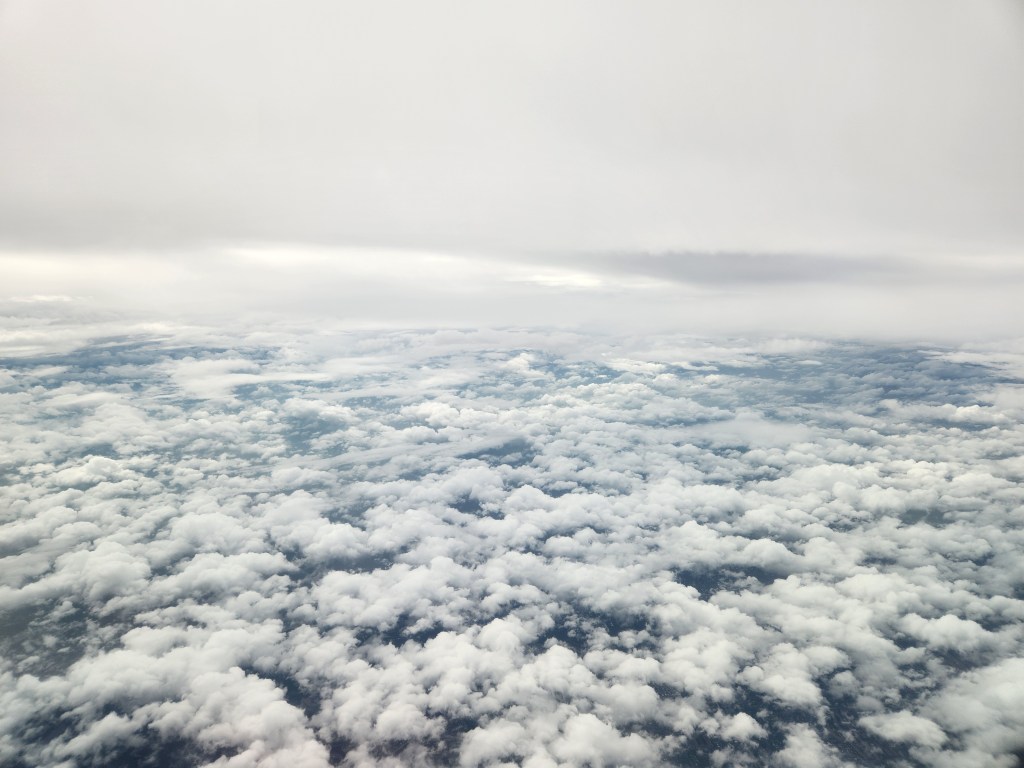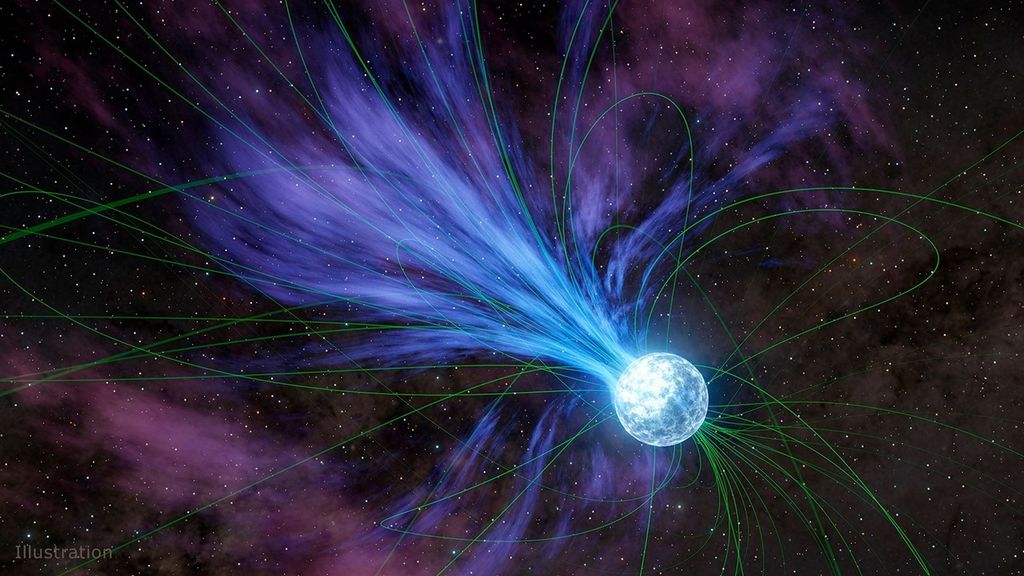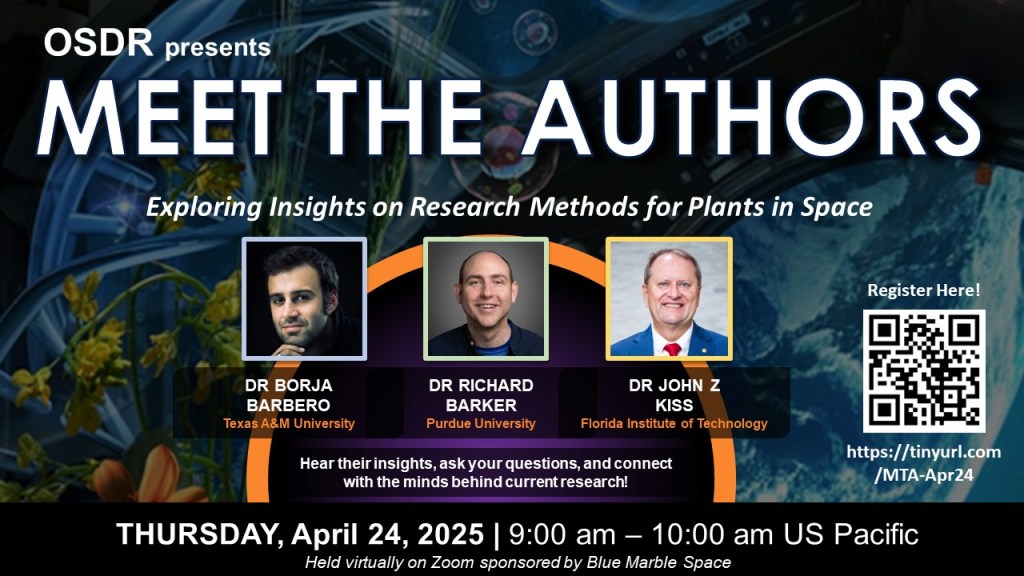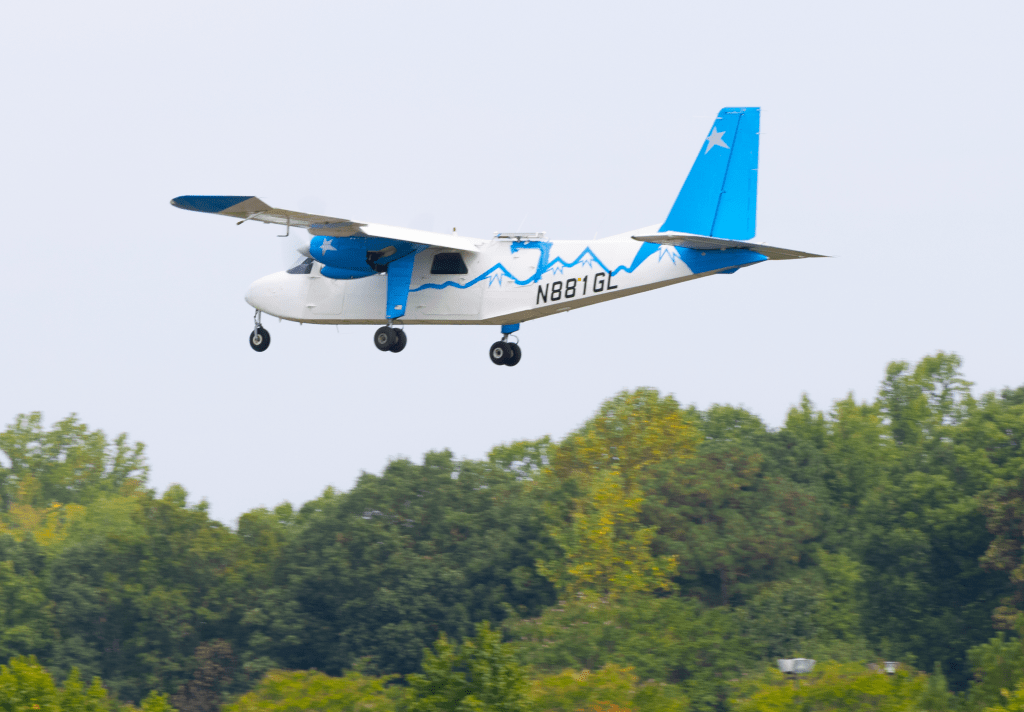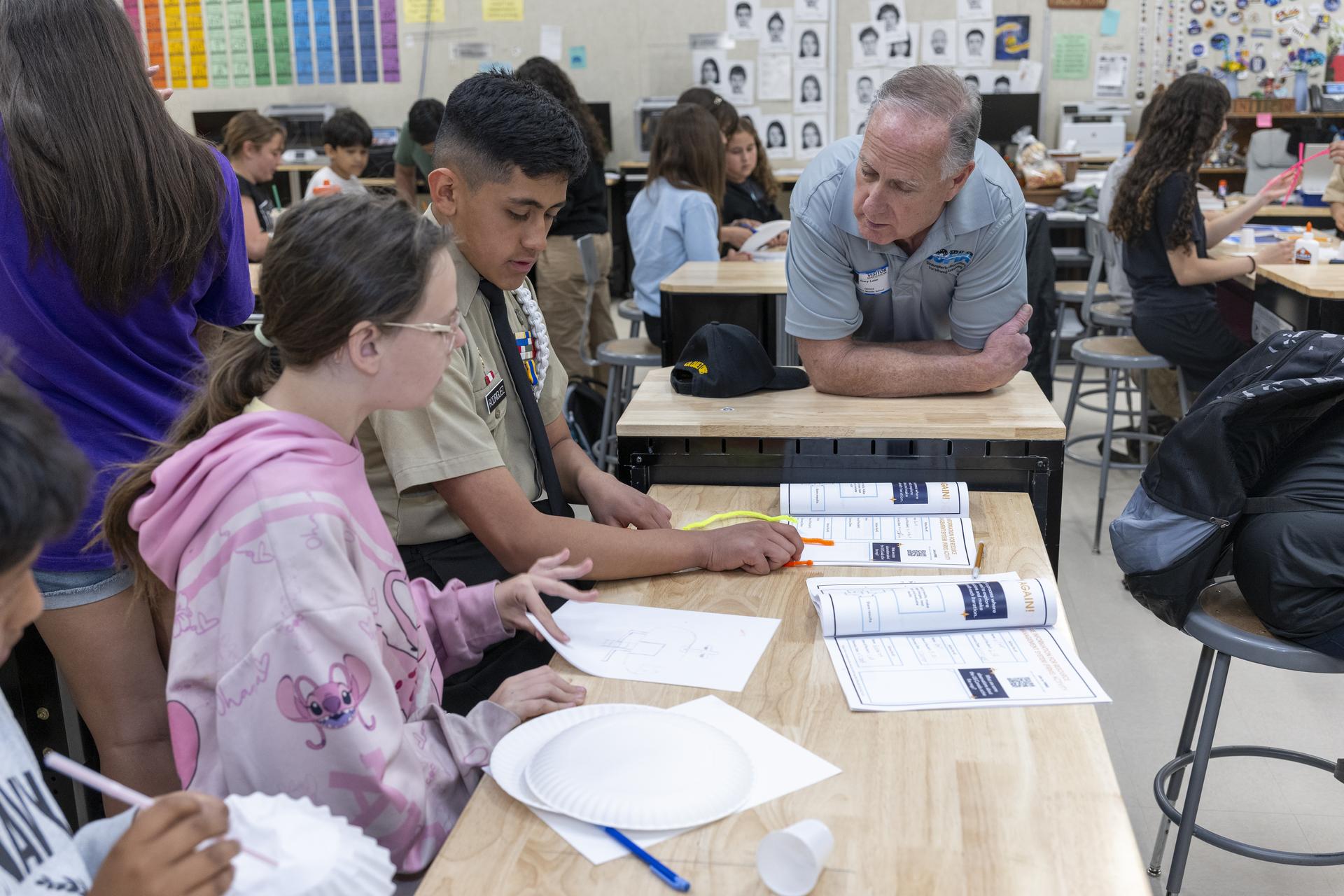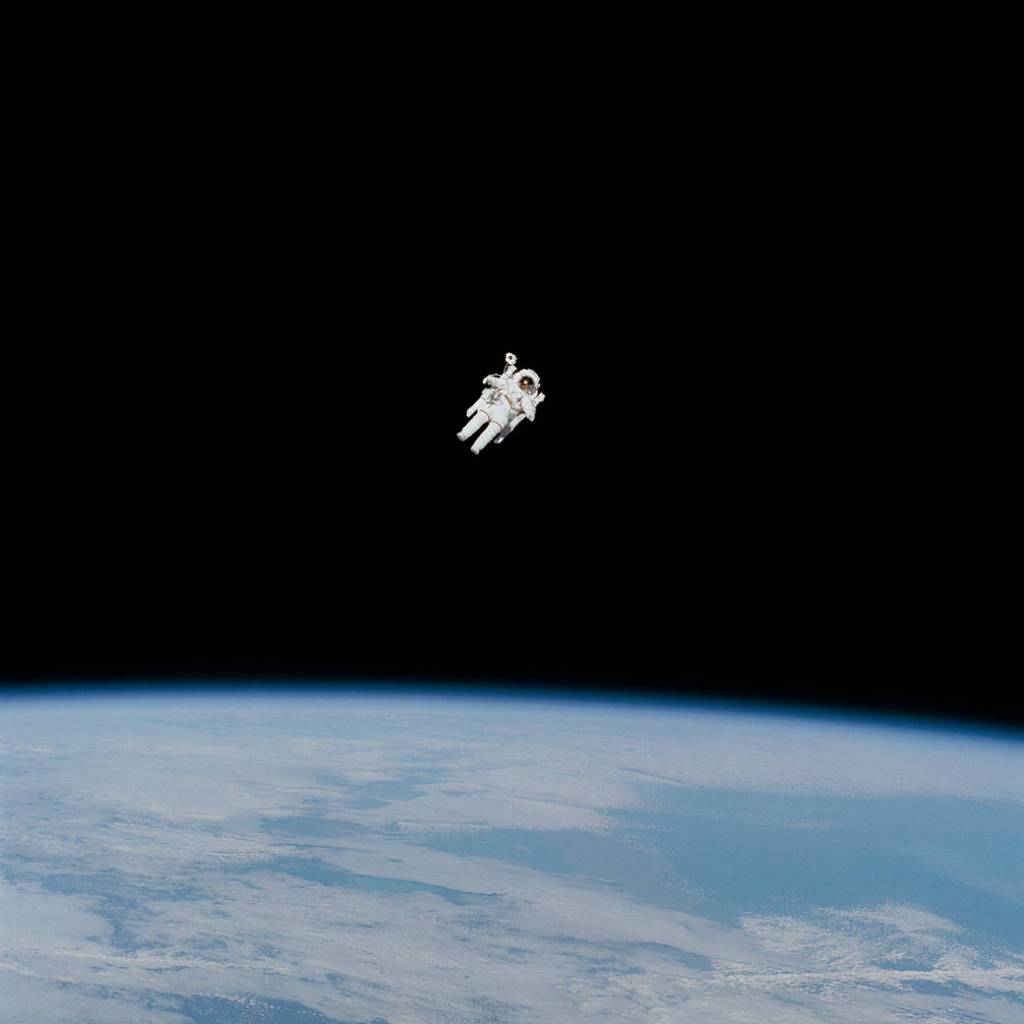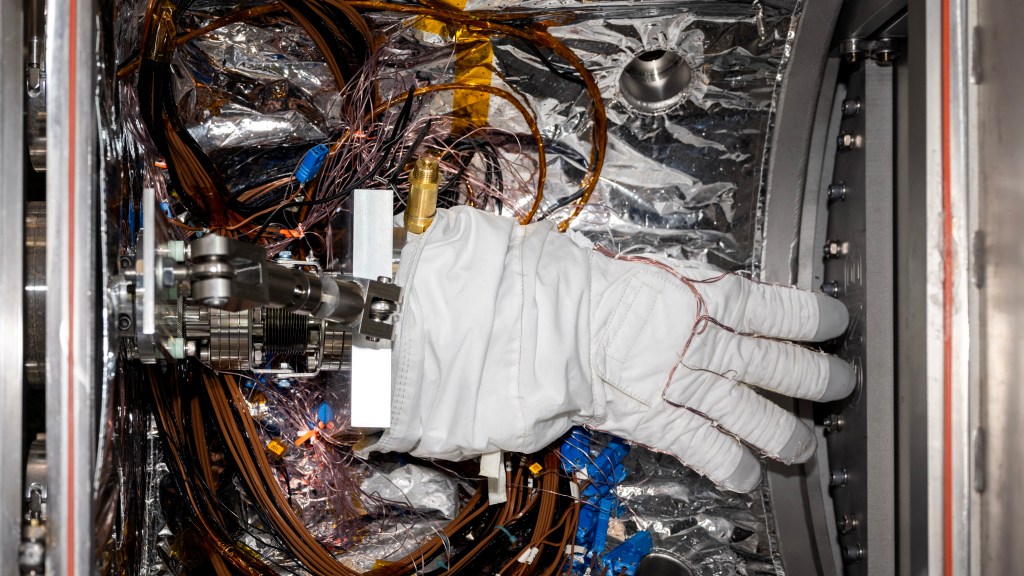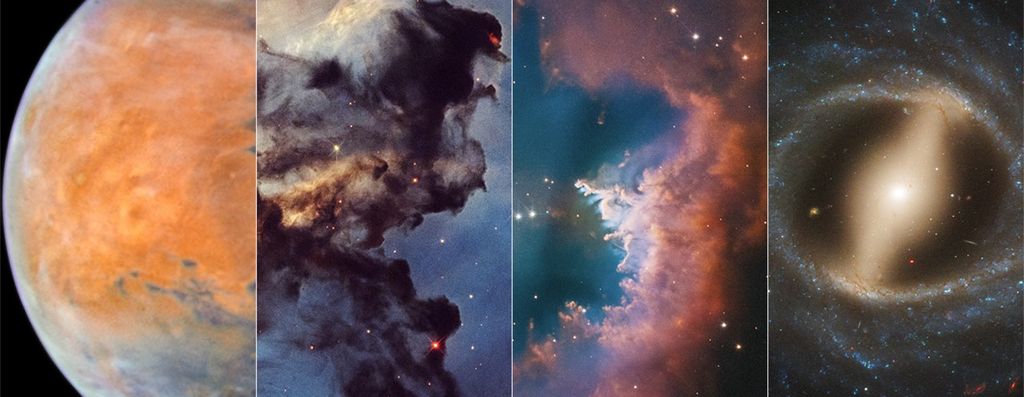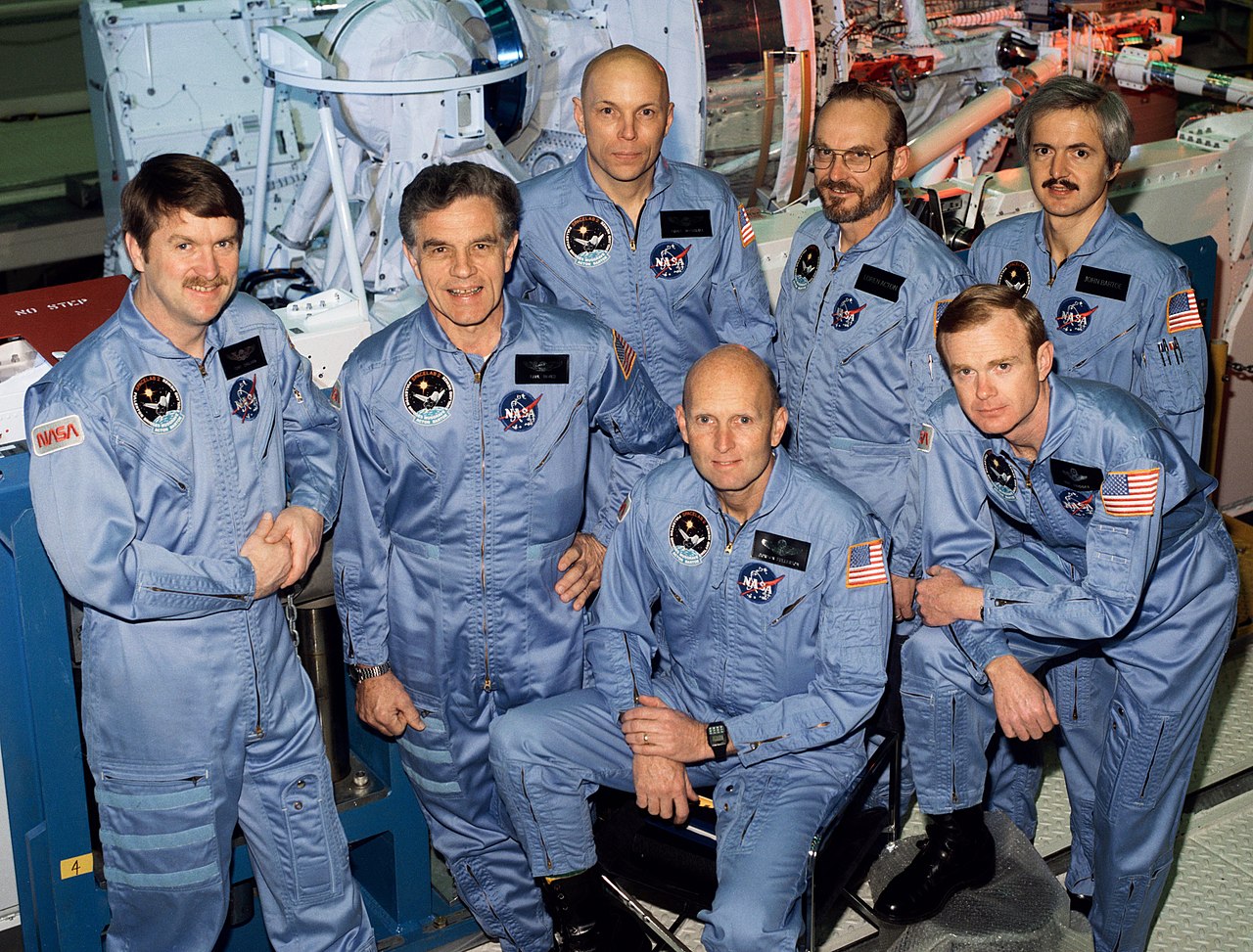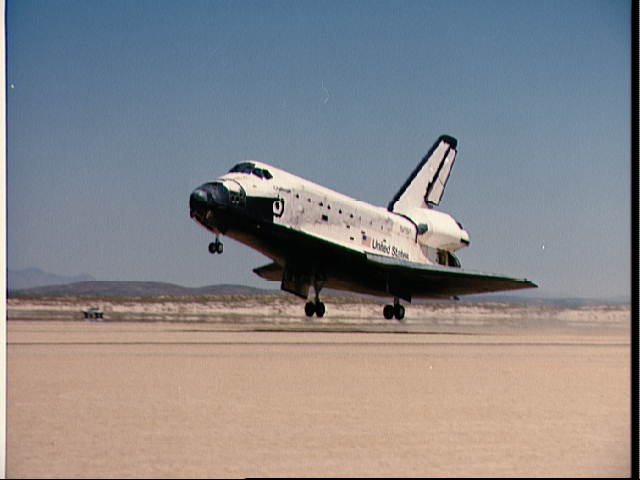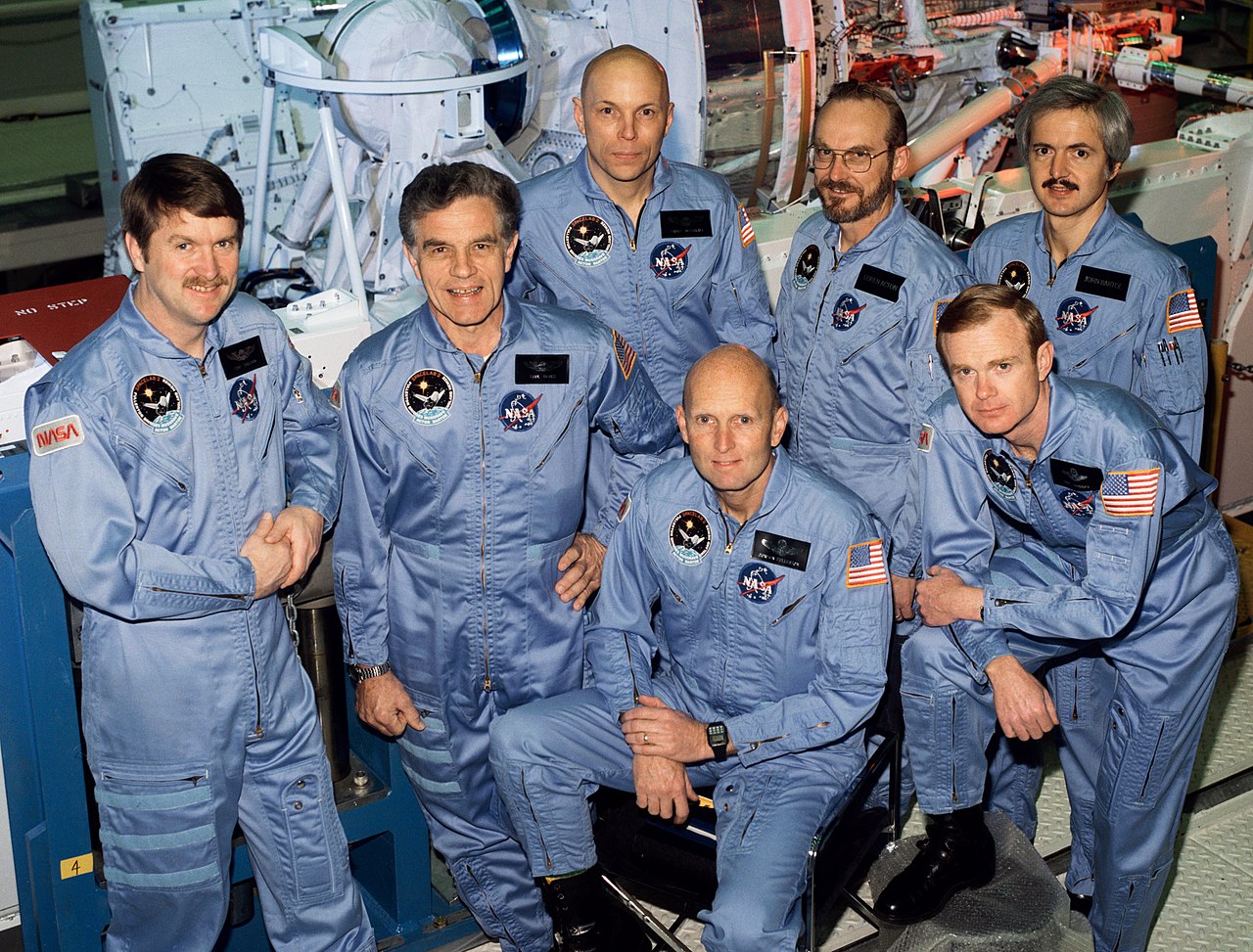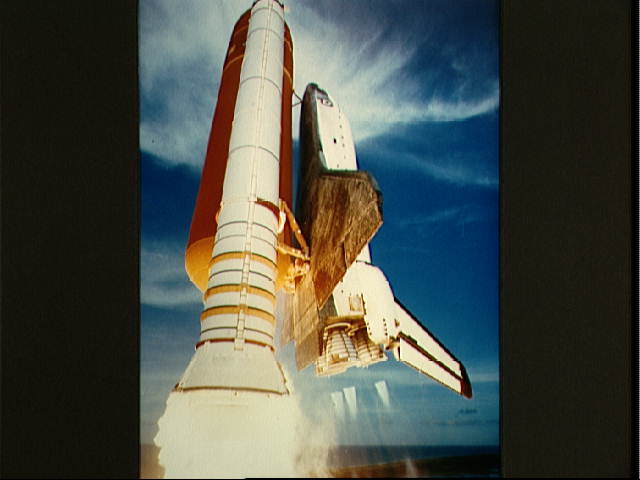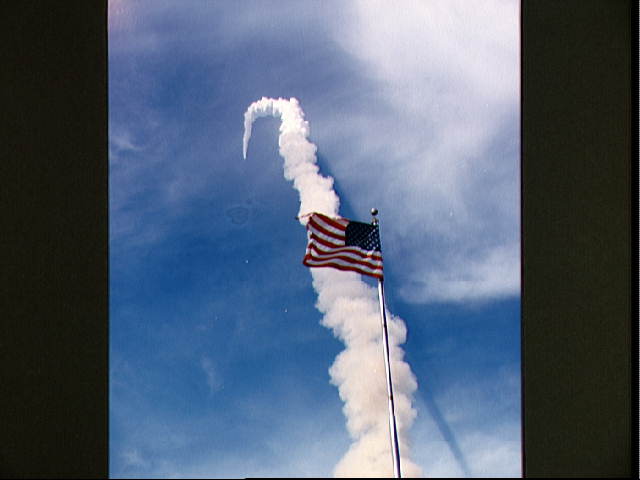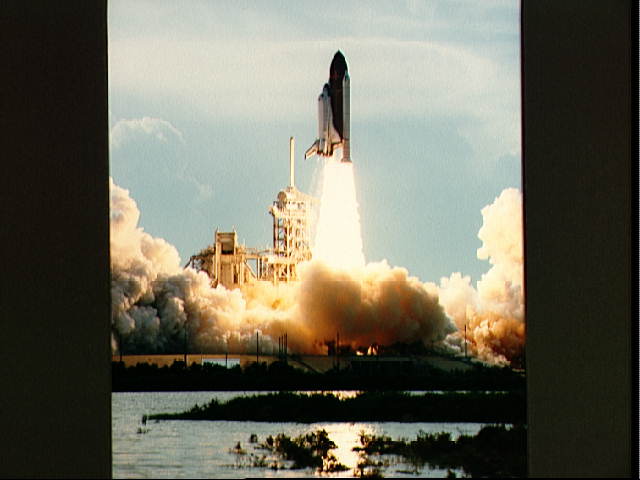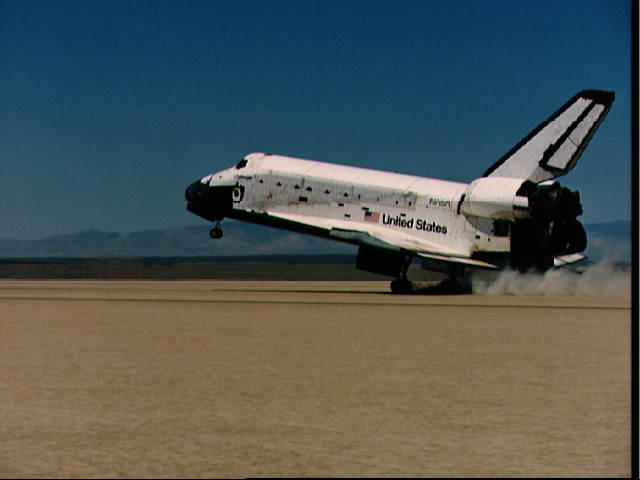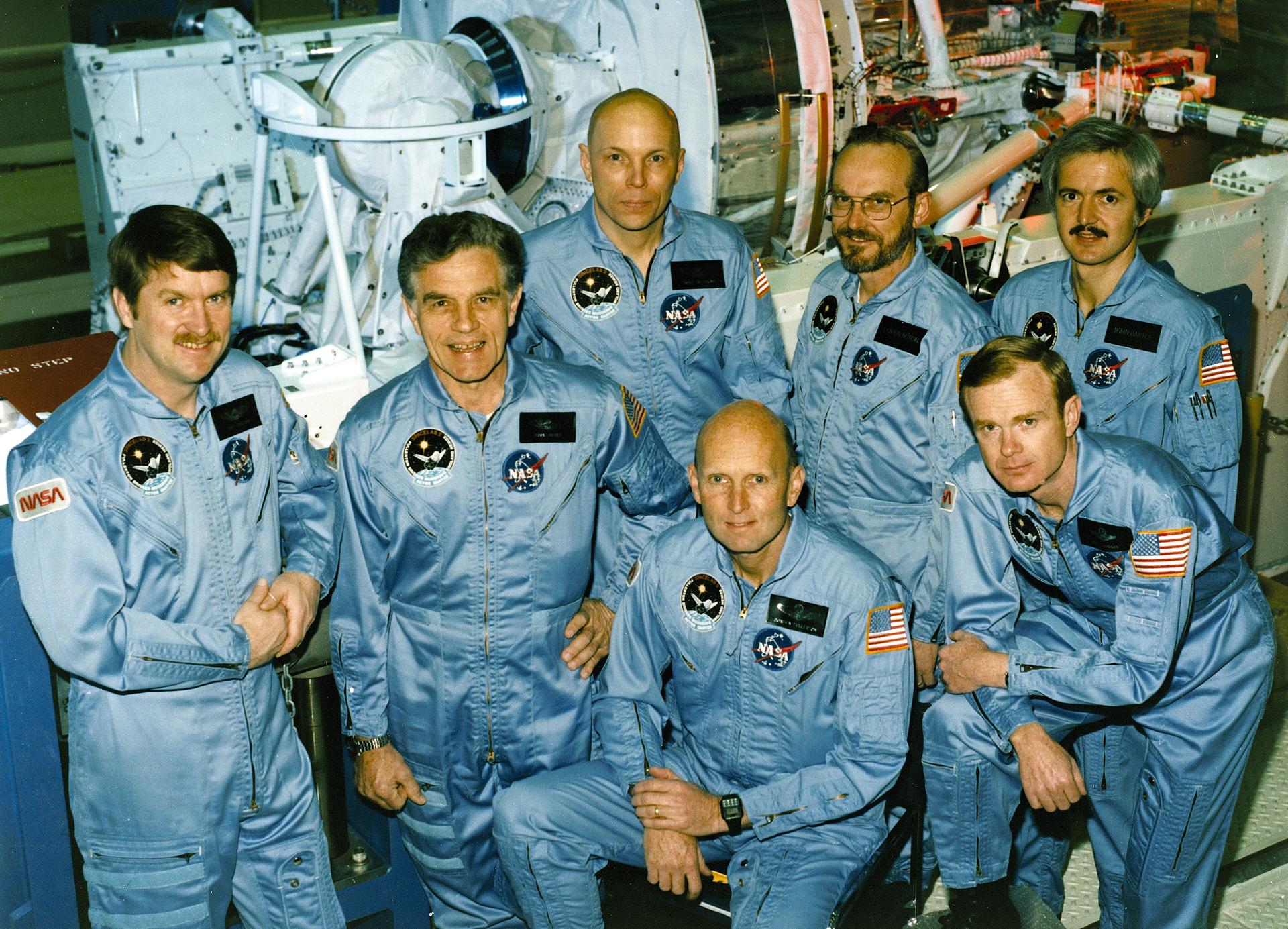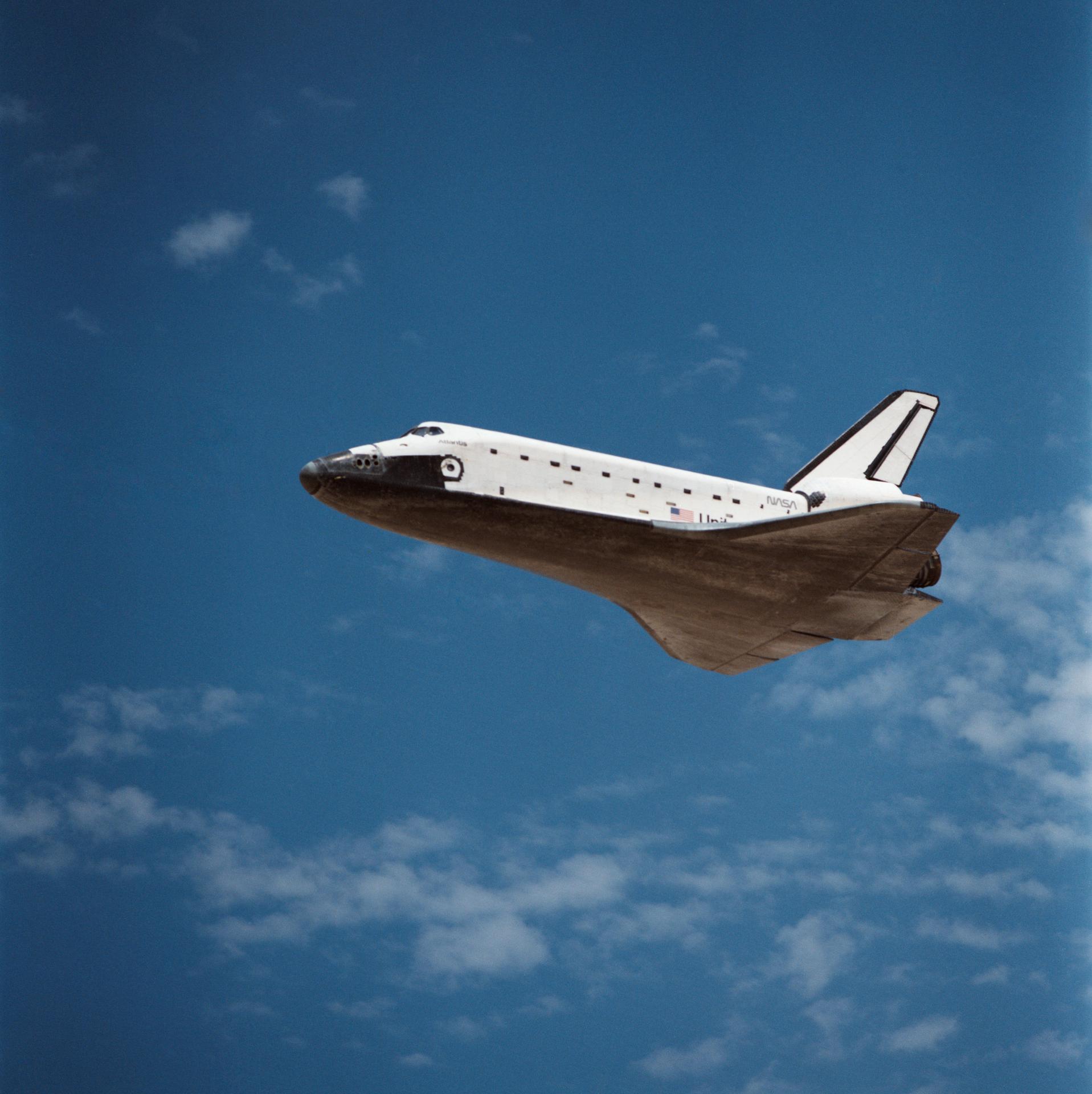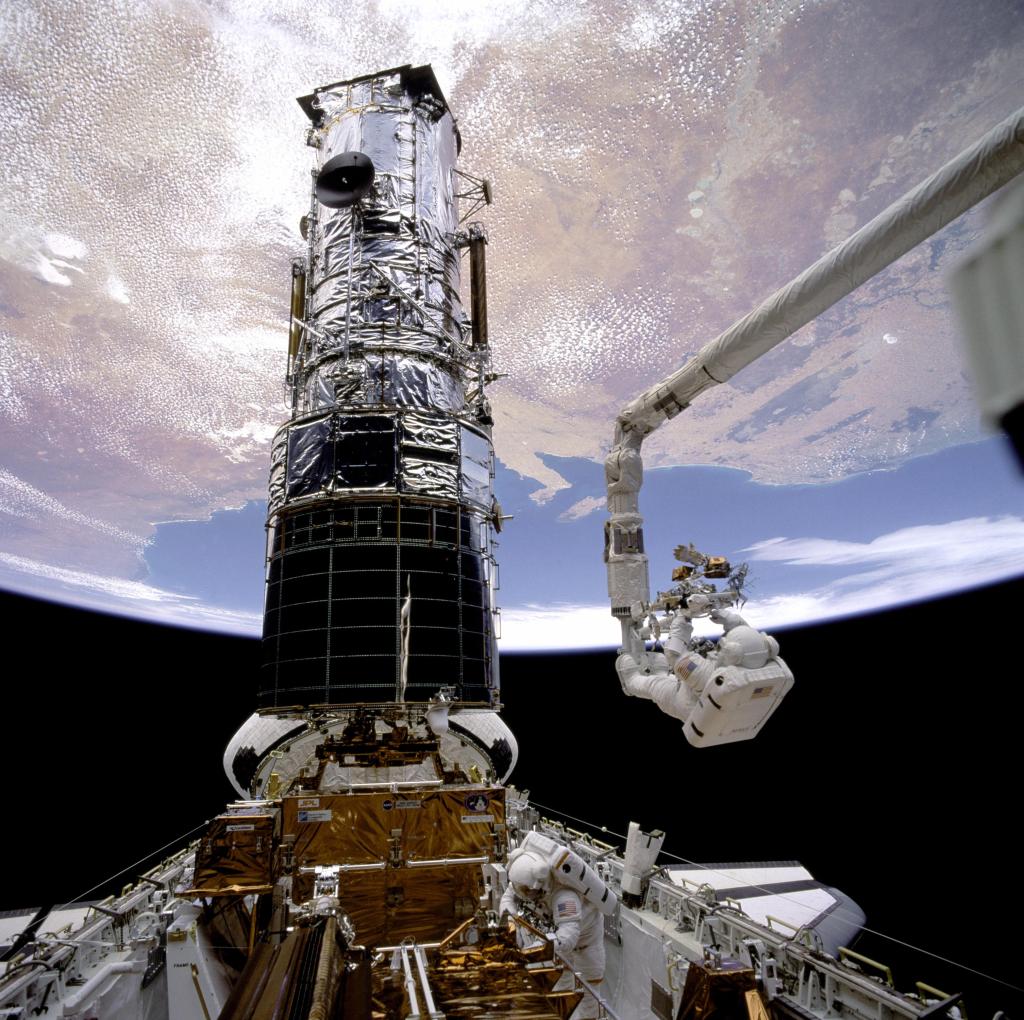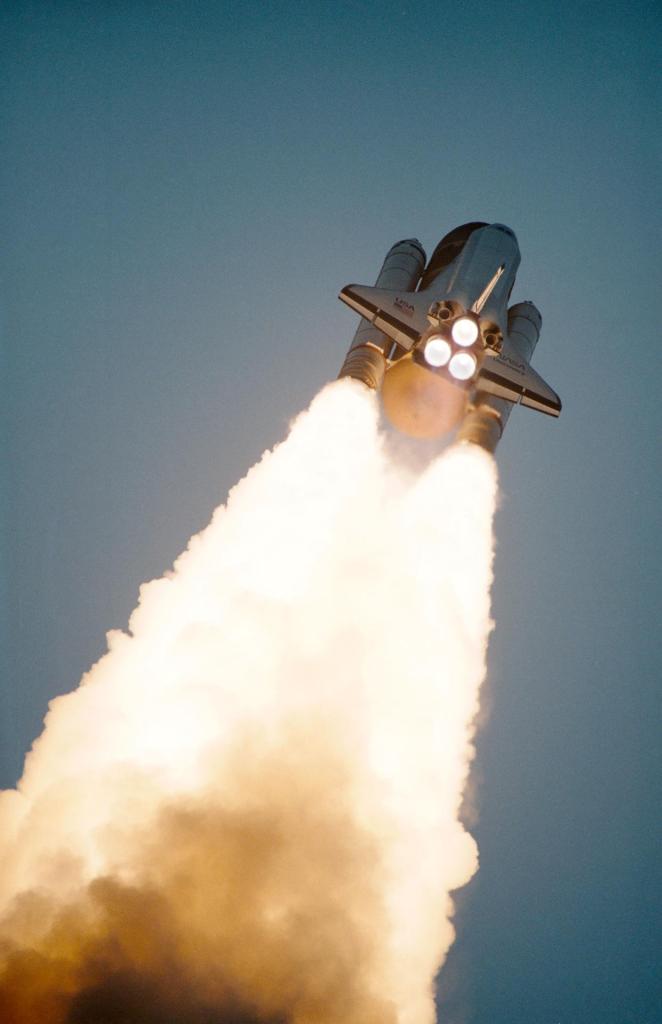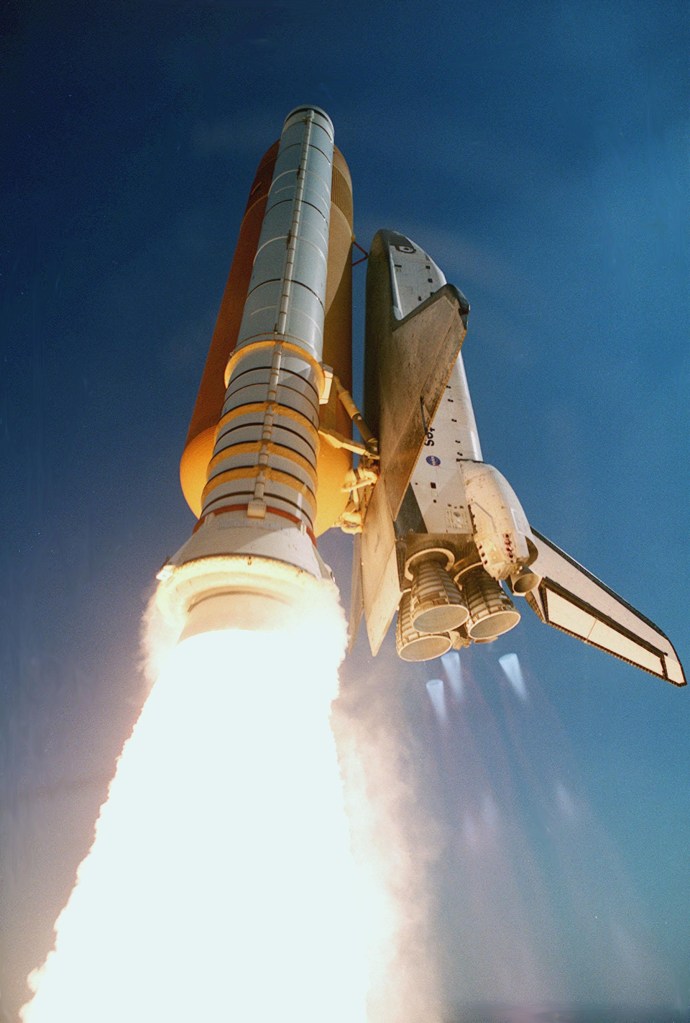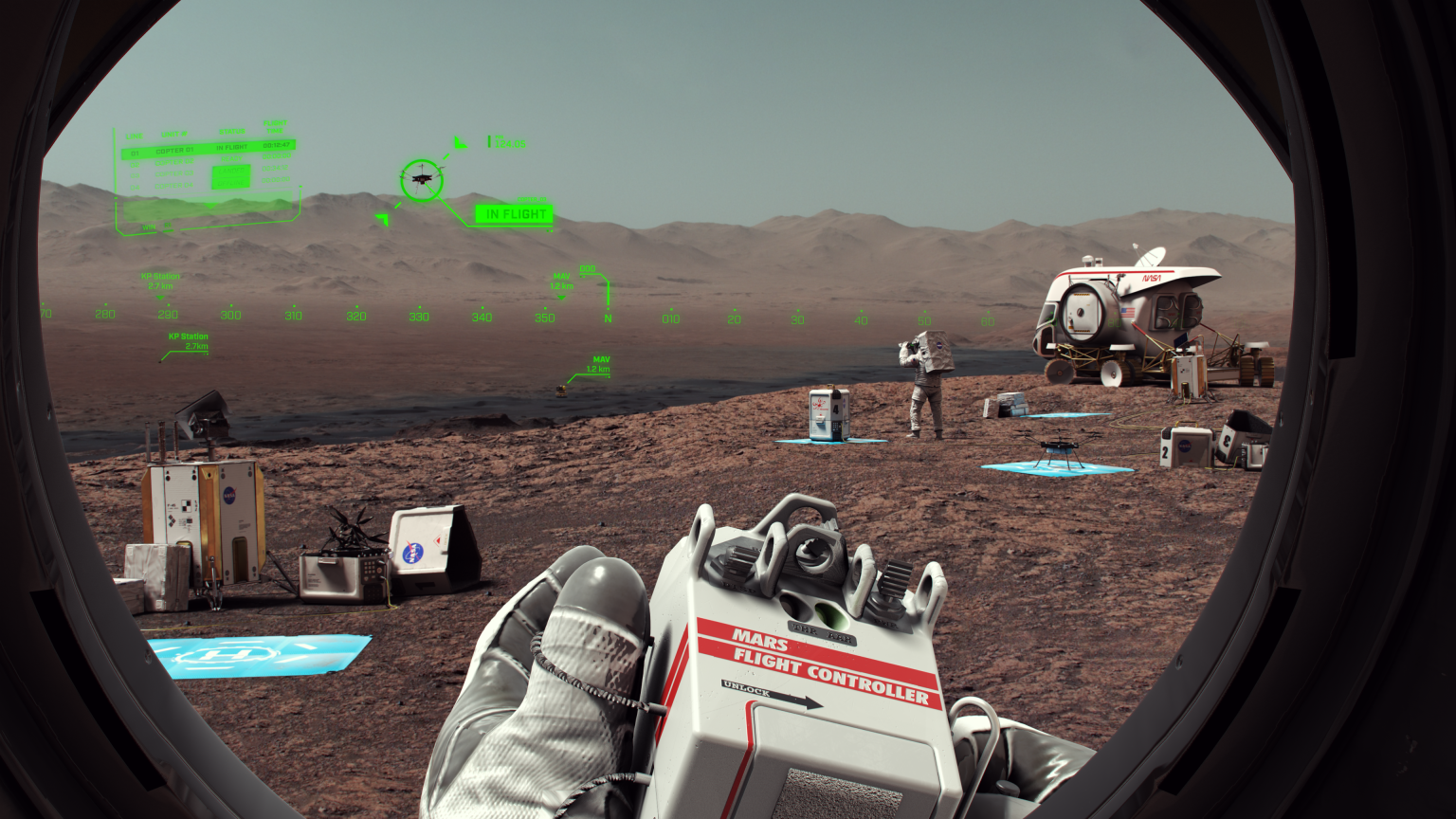
STS-51F
STS-51F was the 19th flight of NASA's Space Shuttle program and the eighth flight of Space Shuttle Challenger.
Space Shuttle
mission duration
Launch
Landing
Mission Facts
Mission: Spacelab-2
Space Shuttle: Challenger
Launch Pad: 39A
Launch Weight: 252,855 pounds
Launched: July 29, 1985 at 5:00:00 p.m. EDT
Landing Site: Edwards Air Force Base, Calif.
Landing: August 6, 1985 at 12:45:26 p.m. PDT
Landing Weight: 204,169 pounds
Runway: 23
Rollout Distance: 8,569 feet
Rollout Time: 55 seconds
Revolution: 127
Mission Duration: 7 days, 22 hours, 45 minutes, 26 seconds
Returned to KSC: August 11, 1985
Orbit Altitude: 173 nautical miles
Orbit Inclination: 49.5 degrees
Miles Traveled: 3.3 million
Crew
C. Gordon Fullerton, Commander
Roy D. Bridges, Jr., Pilot
F. Story Musgrave, Mission Specialist
Karl G. Henize, Mission Specialist
Anthony W. England, Mission Specialist
Loren W. Acton, Payload Specialist
John-David F. Bartoe, Payload Specialist
Mission Objectives
The Spacelab-2 payload consisted of an igloo and three pallets in the payload bay, containing scientific instruments dedicated to life sciences, plasma physics, astronomy, high-energy astrophysics, solar physics, atmospheric physics and technology research.
A major objective of the mission was to verify the performance of the Spacelab systems with the orbiter as well as to measure the environment created by the vehicle in space.
Launch Highlights
The launch countdown July 12 halted at T-3 seconds after main engine ignition when a malfunction of the number two space shuttle main engine (SSME) coolant valve caused a shutdown of all three main engines. The launch on July 29 was delayed 1 hour, 37 minutes due to a problem with the table maintenance block update uplink. 5 minutes, 45 seconds into ascent, the number one main engine shutdown prematurely, resulting in an Abort To Orbit (ATO) trajectory.
Mission Highlights
Primary payload was Spacelab-2. Despite abort-to-orbit, which required mission replanning, mission declared success. Special part of modular Spacelab system, the Igloo, located at head of three-pallet train, provided on-site support to instruments mounted on pallets. Main mission objective was to verify performance of Spacelab systems and determine interface capability of orbiter, and measure environment induced by spacecraft. Experiments covered life sciences, plasma physics, astronomy, high-energy astrophysics, solar physics, atmospheric physics and technology research.
STS-51F
Shuttle News
Retired Space Shuttle Locations
Shuttle Atlantis – Kennedy Space Center Visitor Complex Shuttle Discovery – Steven F. Udvar-Hazy Center Shuttle Endeavour – California Science…
Read the Story


